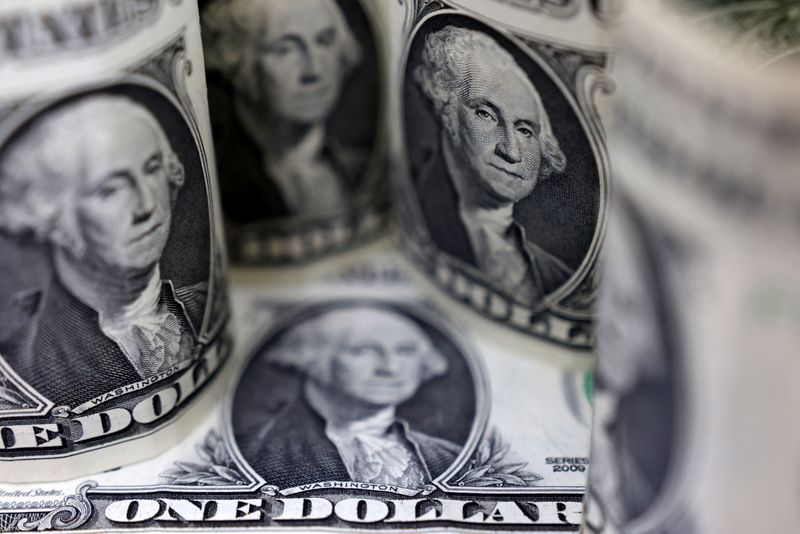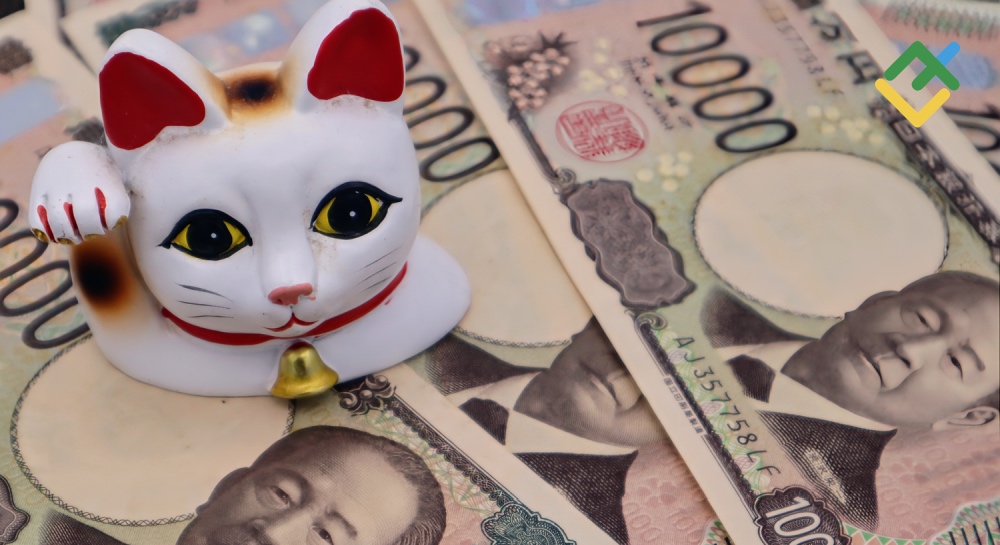
By Rae Wee and Dhara Ranasinghe
SINGAPORE/LONDON (Reuters) – The yen rose sharply on Wednesday in what traders suspected was likely the result of another intervention from Japanese authorities to prop up the battered currency from multi-decade lows.
The move in the yen was the standout in a busy day in currency markets, where the pound jumped after hotter than expected British inflation data and the dollar dipped across the board, with the dollar index dropping to a four-month low.
The dollar was last 1% lower against the yen at 156.75, extending its sudden fall shortly after the London trading session began, a move traders attributed to Japan’s intervention.
At one point, the dollar reached as low as 156.1 yen, having been at a 38-year high of 161.96 yen in early July.
Japan’s Ministry of Finance did not respond to requests for comment. Japan’s top currency diplomat Masato Kanda said he would have to respond if speculators caused excessive moves and that there was no limit to how often authorities could intervene, Kyodo News reported.
Bank of Japan data suggests Japan bought nearly 6 trillion yen via intervention last Thursday and Friday.
“Current valuations are still stretched and the yen is still undervalued, so a bit more activism in FX markets from Japan is the way to correct any misalignments,” said Geoff Yu, senior macro strategist at BNY Mellon (NYSE:BK) in London.
“But we have to wait for an official confirmation.”
The yen also made outsized gains against other currencies. The euro was last down 0.7% at 171.34 yen, while sterling fell 0.62% to 204.2yen.
INFLATION AND RATES
Elsewhere, the British pound rose 0.5% and hit a one-year high against the dollar of $1.3032 on data that showed UK inflation rose slightly more than expected.
Headline inflation held at 2% on an annual basis in June against forecasts for a 1.9% increase, while the closely watched services inflation came in at 5.7%.
That sent traders paring back bets of a rate cut from the Bank of England in August.
“Today’s strong services inflation numbers suggest the upcoming decision will be a close call,” said analysts at Nomura. “Much will now hinge on tomorrow’s labour market report, and specifically pay growth.”
The pound also strengthened to a near two-year top on the euro, which fell 0.18% to 83.85 pence, its lowest since August 2022.
There was volatility elsewhere too. The Swiss franc strengthened with the low-yielding, safe-haven currency possibly caught up in the ructions involving the yen, which has similar properties.
The dollar was down 0.66% on the franc at 0.8877, while the euro dipped 0.4% to 0.9706.
The euro gained against the dollar however, and was up 0.3% at $1.0933, a four-month high, while the Australian dollar tacked on 0.15% to $0.6747.
That left the dollar index, which tracks the unit against six peers, down 0.46% at 103.75.
Signs that inflation is slowing in the United States, boosting investor confidence that rate cuts are coming, has been weighing on the broad dollar.
Investors have fully priced in a rate cut from the Fed come September, and are expecting more than 60 basis points worth of easing by the year end.
While Tuesday’s U.S. retail sales data pointed to consumer resilience and bolstered second-quarter growth prospects, it failed to alter market views.

The New Zealand dollar was last 0.64% higher at $0.6087, helped by Wednesday’s data that showed domestically driven inflation remained high in the second quarter, even as the headline figure missed expectations.
Still, markets are sticking to bets of about three rate cuts from the Reserve Bank of New Zealand this year.
This post is originally published on INVESTING.





